Each signup or purchase doesn’t guarantee continued usage. It doesn’t get you a long-lasting customer either.
Truth is that they are your customers only at that moment. The future might be different. Users don’t commit to the product with signup. Chances are that they might be just exploring different products or using your product for a timely need.
These things aren’t under your control. But there are other things that you have your influence on. One such is making use of this chance to retain them.
It’s upon businesses like you to make this a life term relationship. User adoption strategies can help accomplish it.
Let’s begin with the concept of user adoption.
What is SaaS user adoption?
People are reluctant to change.
Adapting and adopting is hard for humans. It holds true for any new environment, either physical or digital.
User adoption is the process where users commit to using your product long-term. Imagine initial hypes and fuss only to see your users drop off. Disheartening, isn’t it?
So, when will your users start having adherence to your products?
First things first— they must be able to achieve success. Your SaaS product should help them solve problems effectively. Mainly, users should feel effortlessness in these processes.
User adoption is where users are trying to fit in and enjoy your product values.
User adoption in the customer journey
So when does the user adoption happen? This information is the key to know user adoption better. A marketing funnel can be of help here. It shows the various stages a customer goes through with a business/product.
We can split this marketing funnel into two parts.
The first part is called the buyer’s journey. The second part is the user’s journey. After the purchase, they aren’t buyers anymore. They are users. Right next to purchase is the adoption.
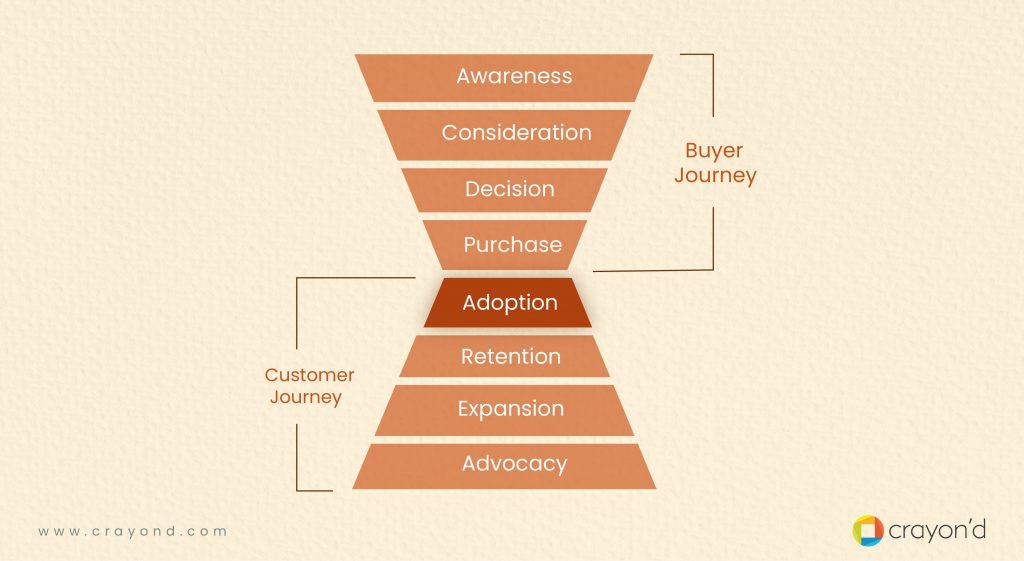
Adoption is the gateway that leads to retention, expansion, and advocacy.
But there’s another case in SaaS businesses — the freemium and free-trial models. The funnel looks different. It’s only after the adoption, the purchase happens. Adoption must happen here for the company to bring in revenue from the users.
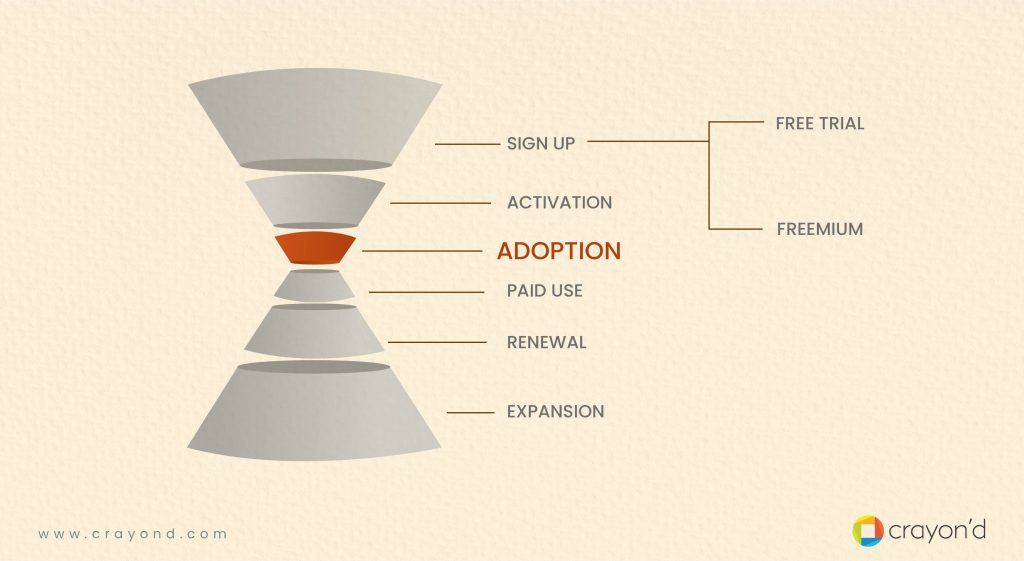
Why is user adoption crucial for SaaS businesses?
More options for users
The SaaS market is growing, and the pandemic has given added reasons to it. This would result in a surge in the SaaS businesses. Aspiring people with innovative ideas will be exploring and entering the market.
What does this all imply?
From the business perspective, this means competition. More companies target the same user base. Your users will have a lot of alternatives. If you don’t concentrate on user adoption, they have a handful of options to shift.
Retention is better than acquisition.
Customer acquisition is always a part of the SaaS business game. But retention is even more significant. Acquiring new users costs you 6-7 times more than retaining the existing ones.
Most SaaS businesses use acquisition strategies like free trial and freemium. Here, the probability of conversion to paying customers is 60-70% higher for existing customers.
A 5% increase in customer retention can result in a 25-95% increase in the company’s profitability. It’s important to focus on existing customers. You should ensure that they are satisfied with your product.
When it’s easy for your users to adopt the product, your retention rate will be higher.
Reduce subscription-based risks
Most SaaS products are subscription-based.
Users have the freedom to unsubscribe to the service whenever they want.
In the subscription model, customers pay at regular time intervals. Every time they pay the subscription fee, your product is subject to assessment. A question arises in their mind— Is this worthy?
The chances are that they may even consider your competitor’s product. This is an alarming factor for every SaaS business. But you can be an exception here if your user adoption game is strong.
The faster your users adopt your product, the safer your business will be.
Strategies for user adoption
#1-Onboarding as a continuous process
With great onboarding practices, the users will settle down eventually. But onboarding shouldn’t end there.
Your product gets updated regularly with new features. You might also change your UI design. Continuous onboarding assures that you help users find new value and accommodate changes.
Onboarding also aids in keeping the users engaged. The longer they stay engaged, the easier it is to bring in adoption.
#2-Focus on improving onboarding
Onboarding is the process of assisting the new users with the operations inside the product.
Analyze the effectiveness of your onboarding process. Find ways to turn it in a way it feels effortless. In addition to that, make it interesting and curious. Gamification can do the needful in case of the curiousness factor.
Add the personalization factor to your onboarding. It makes your users feel special, well-received, and enthusiastic. Look for areas of friction and rectify them. Onboarding and adoption are directly proportional. Improving your onboarding can help in increasing your user adoption rates.
#3-Reduced time to value
Onboarding takes up the responsibility of making users realize the value.
But if it takes longer, the users will get frustrated. They might also leave the product halfway. Giving users what they want quicker makes them happy. The user’s eyes are always on the prize — the value. Their mind constantly aims at reaching it.
User’s attention is a gift to every SaaS product. Undivided attention is difficult to attain in this era of reduced attention span. You cannot be negligent and ignorant here. Make use of the time they give you and get them to the expected value faster.
#4-Know the Activation factor
Activation is the key that unlocks the door to user adoption.
Activation occurs when the users achieve and experience the value you promised. It makes them come back to the product. Coming back is the first step towards adoption. The adoption criterion is unique to every product.
For example:
Slack: Send and receive 50 messages.
Twitter: Follow 5 users and send 3 tweets.
Research and find your activation criteria. Design your flow such that it seamlessly leads to activation action. It should feel intuitive and not forced. If users feel like being forced, it results in mistrust.
#5-Keep assessing your features and UX
It’s not just the onboarding you must be having your eyes on. Onboarding is just the teaser. The main picture is the product experience and features. It ultimately decides their stay and relationship with your product.
Find the less-used features and other negatively impacting factors. Keep improving these features to become relevant to users. Assess your UX to see if the users feel aligned with it.
Both of these can highly impact your user adoption. To know the effectiveness of your UX and features, data is the way. Use metrics to analyze the data. It will reveal to you truths about your SaaS product.
User adoption metrics
How do you know if your adoption strategies are effective?
There are a few metrics that can help you reveal it. Measure them and make changes accordingly.
Time to key action
A key feature exists that makes them realize the value of your SaaS product. The faster they discover and use it, the easier the adoption happens.
Decide what your key feature is. And use this formula,
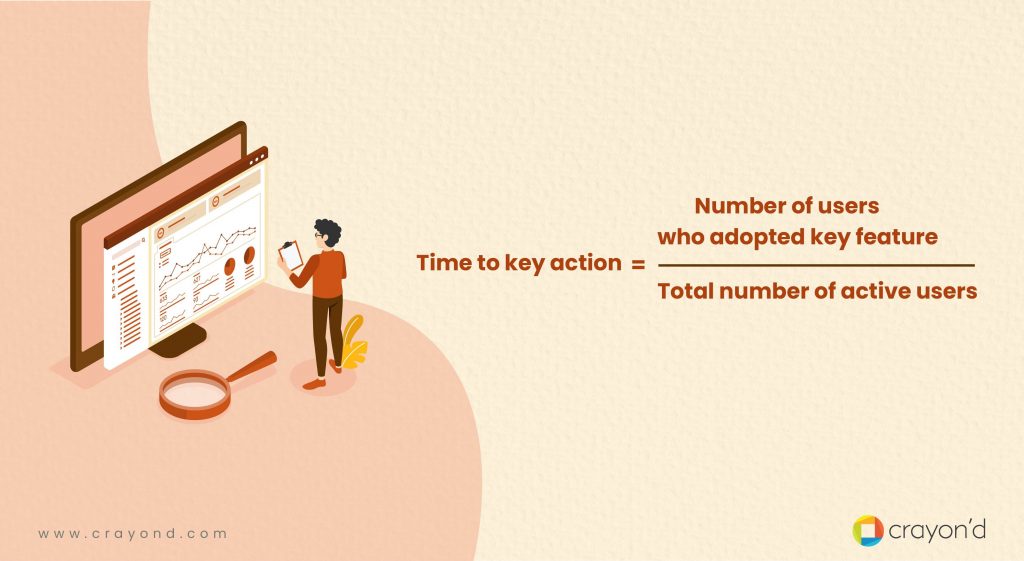
Usage frequency
See how frequently your users engage with your product. You can understand how often users log in and use your product. Measure this for a particular period. If the frequency is high, your user adoption is good.
Trial Conversion Rate
It measures the number of users that have converted from free to a paid plan. Conversion is a huge achievement for SaaS businesses. Here’s the formula,

It’s an indication that your product is valuable enough to spend money on. It is indirect proof that users are ready for user adoption.
Churn rate
The churn rate calculates the number of users that leave your product/unsubscribe your product.
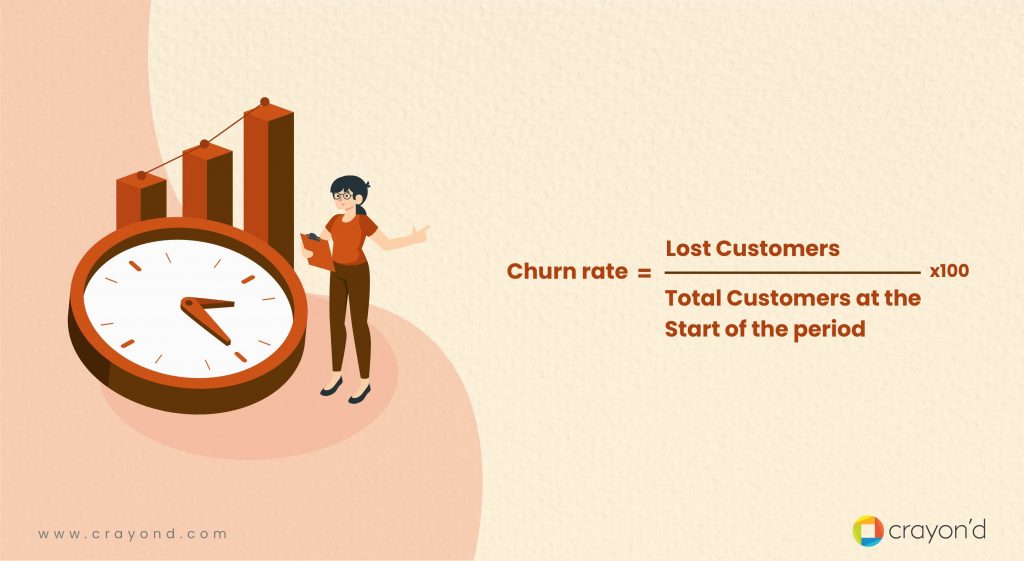
Churn rate can clearly state if your user adoption strategies worked. If your churn rate is high, it’s time to tweak them.
Net Promoter Score
It measures customer loyalty and their level of satisfaction with the product. Ask the customers, “How likely are you to recommend this product to your friends and family?” And give them a scale from 1-10.
Voters,
(1-6)- are detractors.
(7-8)- are passives.
(9-10) are promoters.
NPS is calculated using the formula,
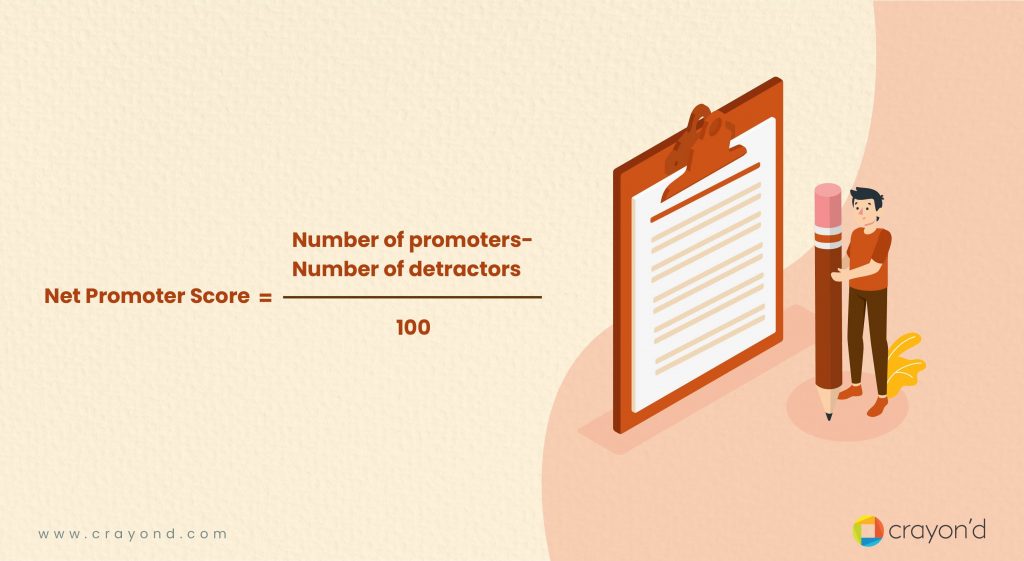
High NPS indicates more users reach the advocacy stage in the funnel. This means that more users successfully adopt the product.
Endnote
Getting onboard new customers to increase the numbers might always look enticing for businesses. But you must remember retention is as important as acquisition.
But only 40% of companies give equal attention to both. Your retention rates portray the strength of your product and your strategies. If you don’t concentrate on it, you are probably losing the game.
And, user adoption is a great tool to help you with that. Focusing on adoption doesn’t only help you with this. It reveals the problem with your product as well. Hence contributing to growth and improvement in many ways.
In case you don’t have a user strategy, it’s time for you to come up with one now.




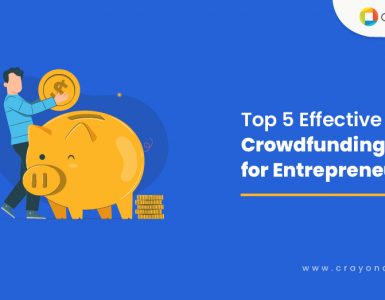

Add comment